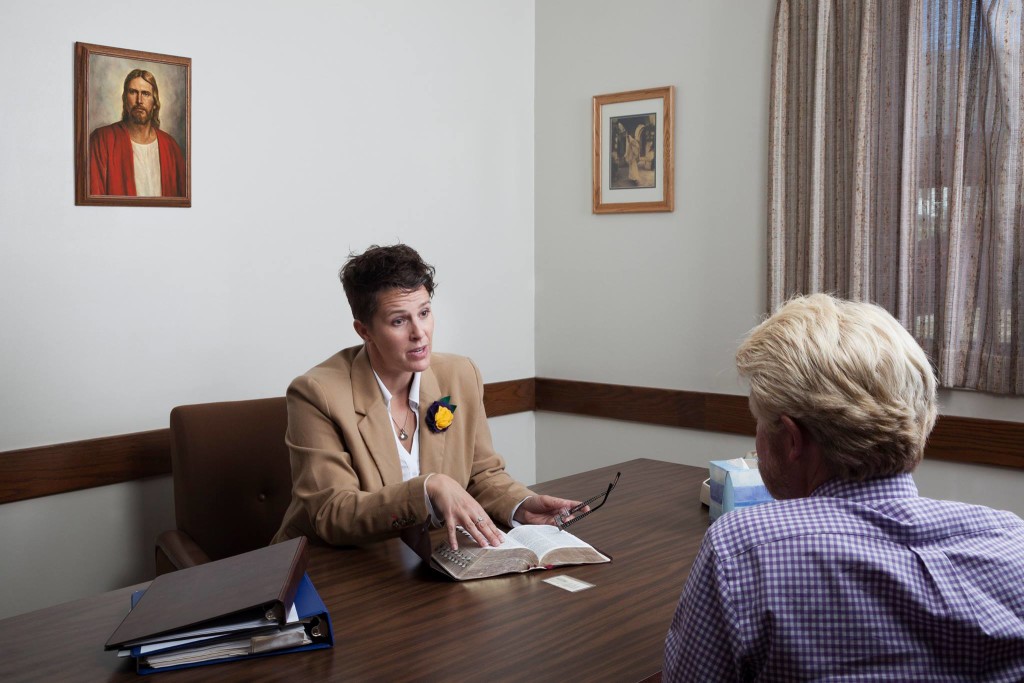My first tithing settlement as a married woman stands out as punctuation in my relationship to the church. I was a bride of just six months, and so still in the giddy, newlywed stage. I remember approaching the short meeting with some excitement. I’d attended tithing settlement my whole life with my parents. It was a family thing. A Christmastime tradition, even. And here I was with my husband, my family. It felt like a significant moment for me. I didn’t expect to leave with a hole in my heart.
We sat in front of our bishop as a couple, and he handed over two sheets of paper—one for my husband and one for me. I glanced at my husband’s sheet as our bishop passed it to him and noted a full calendar of tithing payments. I think it may have even been two pages. And then I looked at my own. Maybe two-thirds of a page long. And lacking because it stopped in June. It showed only my first half of the year’s tithing payments.
We had married in June.
From that point on, my tithing payments had been combined with my husband’s payments.
I remember feeling surprised, and confused, and hurt. I felt really hurt. I stumbled through some questions to the bishop, trying to ask why the last half of my tithing record had been erased. But, really, I already knew why. Like I said, I’d gone to tithing settlement with my parents my whole life, and I’m sure I never saw my mom get her own sheet of paper. But I was young and newly married and still naïve about how empowered I thought I was as a Mormon woman in the church. I instinctively knew why, but I couldn’t quite put it into words.
I was hurt—I was devastated—because I’d been erased as a person. As a married woman, I lost autonomy in the church in so many ways, and there were so few ways for me to contribute uniquely to the church in the first place. There are so few things I could point to that symbolized my relationship directly with God. Rather my relationship with God was defined by defined by my relationships with anyone else. That short sheet of paper in my hands at that moment was a physical manifestation of my new lack of personhood.
My husband’s tithing settlement showed an increase in June, of course. My donations were still counted. They just weren’t counted as mine. And this simple financial policy suddenly felt, to me, indicative of everything I had to offer to the church. I was entirely an appendage of my husband, my family, and now my children. In the eyes of the church, I’d become the secondary contributor.
Before leaving the meeting, I asked the bishop if we could undo the change. To my relief, it was possible. Unusual, he said, but the records for married couples can be separated. Of course, each new bishop we’ve had—even a good portion of the many, many financial clerks we’ve had—required a special notice from me that, yes, I would like to make my own separate donations to the church. The church’s impulse to erase me as an autonomous donor follows me wherever I go. Finally, I set up separate tithing accounts for my husband and me to pay directly to church headquarters in Salt Lake City. So, I just needed to explain to the clerk via email, one last time that I do have something to offer the church that is uniquely mine. And I want the record to show it.
Honoring our Past,
Envisioning our Future.
Leah Marie Pickren Silverman, the author of this post, is on Ordain Women’s Executive Board.






